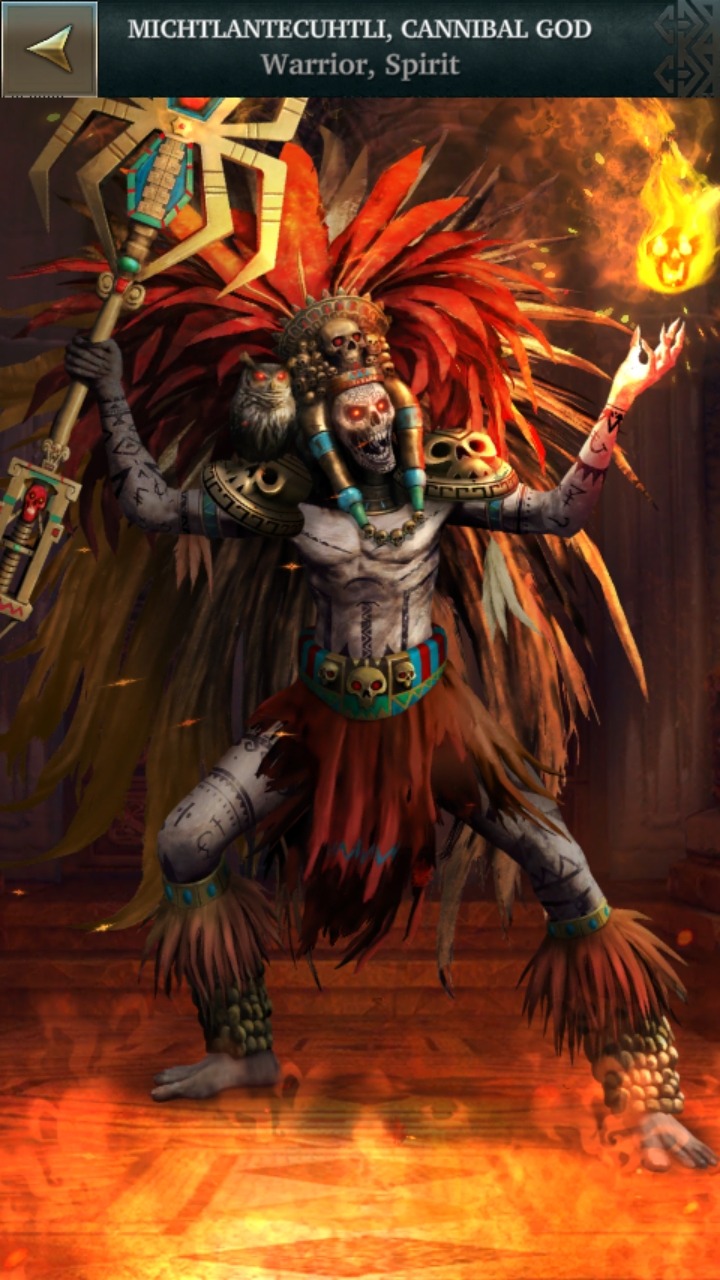
Some Christian theologians (particularly neo-Scholastics) saw Cantor's work as a challenge to the uniqueness of the absolute infinity in the nature of God – on one occasion equating the theory of transfinite numbers with pantheism – a proposition that Cantor vigorously rejected. Cantor, a devout Lutheran Christian, believed the theory had been communicated to him by God. Brouwer, while Ludwig Wittgenstein raised philosophical objections see Controversy over Cantor's theory. This caused it to encounter resistance from mathematical contemporaries such as Leopold Kronecker and Henri Poincaré and later from Hermann Weyl and L. E. J. Originally, Cantor's theory of transfinite numbers was regarded as counter-intuitive – even shocking. Cantor's work is of great philosophical interest, a fact he was well aware of. He defined the cardinal and ordinal numbers and their arithmetic.

In fact, Cantor's method of proof of this theorem implies the existence of an infinity of infinities. Cantor established the importance of one-to-one correspondence between the members of two sets, defined infinite and well-ordered sets, and proved that the real numbers are more numerous than the natural numbers. He played a pivotal role in the creation of set theory, which has become a fundamental theory in mathematics.
:origin()/pre06/97b6/th/pre/f/2016/029/9/7/infinite_meme_by_xx_stormy_xx-d9pskl6.png)

The larvae was sucking it's body fluids out.Georg Ferdinand Ludwig Philipp Cantor ( / ˈ k æ n t ɔːr/ KAN-tor, German: March 3 1845 – Janu) was a German mathematician. I was reminded of the constant struggle for survival that occurs, here I witnessed a larvae and it's Aphid victim. I found my french bean plant to have some unwelcome guests: Aphids The seed head itself is an interesting structure:įinally, specimens don't always have to be static: Up close however, reveal details that you may not expect: Here are some dandelion seeds, to the naked eye those strands that help the seed ride the wind look like strands of hair. The top light gives me more material surface property reference but the backlight is still useful too: However, what I really need is more information about the microscopic surfaces of specimens I gather, so I take shots with a top light (currently a LED handheld torch but I think I will rig up something more effective). That's certainly useful for me and I have some slides which show cross sections of common plant stems: Wafer thin slices of specimens with a backlit image. Normally when you think of microscopes you probably think of slides. I was finding that I just couldn't get close enough with my macro shots to get the information I need. The side button on an Galaxy S4 Mini phone (with coin on top): UK 5 pence coin up close (these are the smallest coins we have, a tad bigger than a cm I'd say)Īn immaculate phone doesn't look so immaculate when viewed up close! This is the phone camera (the material around it being the phones leathery cover. After watching it for a while I didn't really have it in me to harm it, despite him and his mates making a right mess of my strawberry plant! It was getting dark so he appeared to curl up, perhaps to turn in for the night. On the underside of a strawberry plant leaf:Īnd even closer, the small hairs called Trichomes, if you look close enough you can see the cells of the leaf surface: Yes, you can see into his body and yes that IS what you think it is at the rear:Ī less than healthy strawberry plant leaf: The hairs on this stem (trichomes) prove useful for climbing. Somethings been malling my strawberries though. He looks like a caterpillar but it may be a larvae. I was inspecting my Strawberry plant leaves and found this little guy. and it was having a meal (looks like a common fly, but hard to tell what kind). It wasn't until aftewards that I noticed a tiny little spider had also made it's home in the feeder. Can you spot the creature? The spider webs should give you a clue. One of my bird feeders got ignored and the seeds began germinating. A single stoma slit is about 10-12 micrometres long (there are 1000 micrometres in a single millimetre!) Look hard enough and you can see the cells too.

Also, the common repeating little lighter slits are Stomata, tiny holes through which all plants breath in Carbon dioxide and expel oxygen and water vapour. This is probably the closest i'm going to get to a grass blade without a microscope: On the surface of most plants there are little hairs called Trichomes. Here's some reference photo's I took recently that may give you an idea: So, what does the our world look like to a 1 millimetre tall alien?


 0 kommentar(er)
0 kommentar(er)
